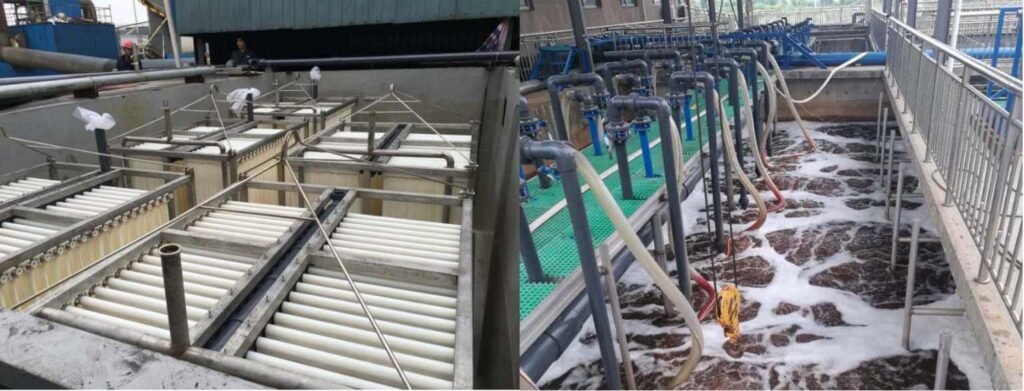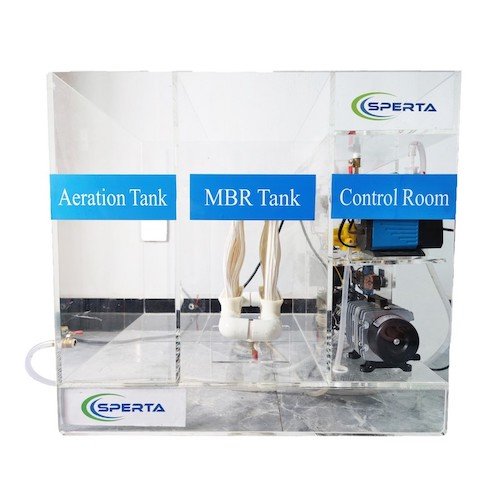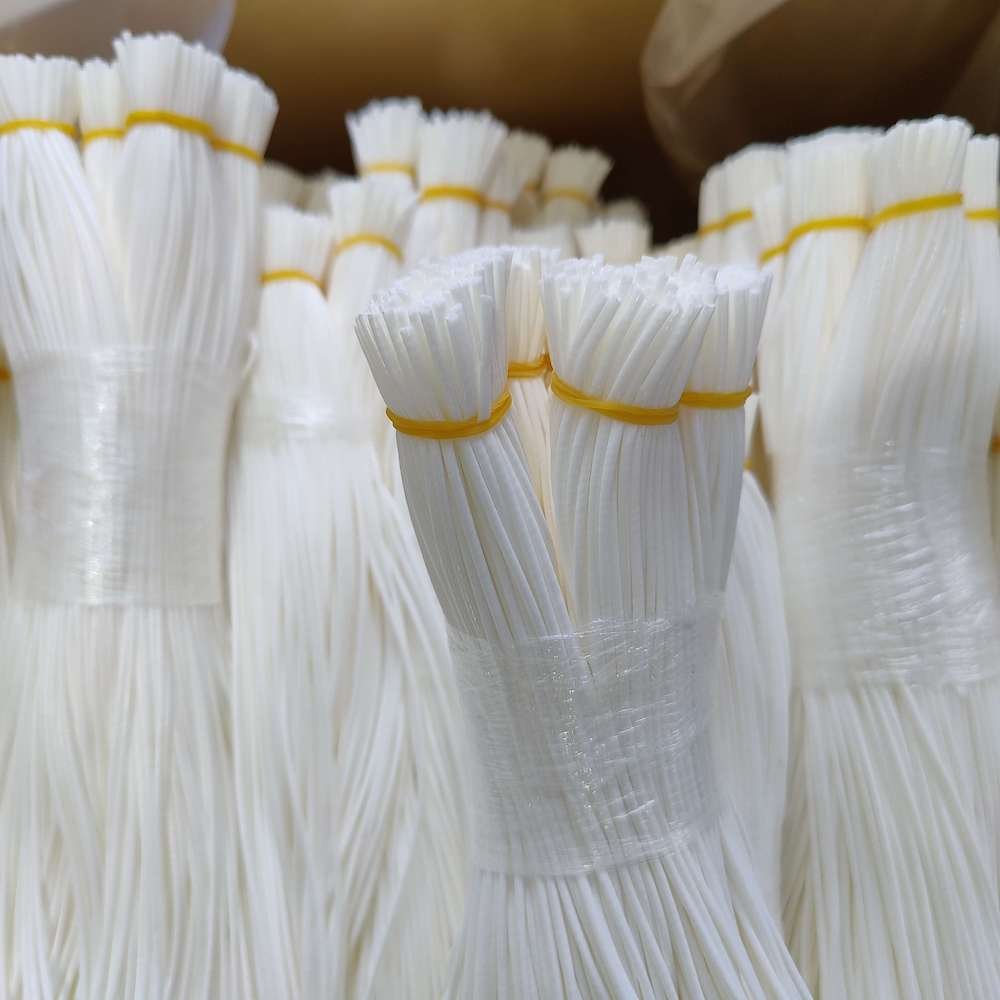Last Updated on July 24, 2022 by Kevin Chen
MBR membrane bioreactor is a new wastewater treatment system that organically combines membrane separation and biological treatment technology. Compared with traditional water treatment, it can significantly reduce the floor space. The MBR membrane bioreactor has the advantages of good effluent quality and low operating cos. The system has strong impact resistance, less sludge, and a high degree of automation.
What is the MBR Membrane Bioreactor?
MBR, also called (membrane bioreactor) is a new type of efficient wastewater treatment process, which mainly combines membrane separation technology and the traditional activated sludge method. The MBR membrane module is placed in the aeration tank, and after aerobic aeration and biological treatment, the water filtered by the MBR will be pumped out. The membrane separates the activated sludge and macromolecular organic substances in the biochemical reaction tank – no need for sedimentation tanks.
What are the Functions of MBR Membrane?
Sewage Treatment: Recycling wastewater is an effective measure for the reuse of water resources. MBR membrane bioreactors treat municipal and industrial sewage for non-drinking reuse purposes such as flowering, flushing toilets, or irrigation, and even for drinking and other purposes with higher water quality requirements. Urban and industrial sewage can be obtained directly locally, avoiding long-distance water transportation and realizing the full utilization of water resources by nearby treatment. At the same time, the sewage is treated nearby. It can also prevent sewage leakage during long-distance transportation, resulting in pollution of groundwater sources. Sewage reuse has been widely used in many water-scarce regions worldwide and is considered the most practical technology for sewage treatment in the 21st century.

What are the Characteristics of the MBR Membrane Bioreactor?
- MBR membrane bioreactor has combined the traditional wastewater treatment aeration tank and secondary sedimentation tank together, and replaced all the process facilities of the three-stage treatment, so that it can significantly reduce the footprint and save the cost brought by civil construction.
- The reactor operates under a high volume load, low sludge load and long sludge age, and extremely low excess sludge output. Since the sludge age can be infinitely long, it can theoretically achieve zero sludge discharge.
- The membrane bioreactor realizes the separate control of the reactor sludge age SRT and hydraulic retention time HRT, so its design and operation are greatly simplified.
- The mechanical retention effect of the membrane can avoid the loss of microorganisms and maintain high sludge concentration in the bioreactor, which can increase the volume load and reduce the sludge load, and has strong impact resistance.
What are the applications of the MBR Membrane?
Organic Wastewater Treatment: Wastewater treatment for various beverage factories, wineries, food factories, livestock factories, slaughterhouses, dyeing and finishing factories, tanneries, pulp factories, pharmaceutical factories, high-concentration organic treatment plants, renovation of old sewage plants, etc.
Wastewater reuse: Large municipal wastewater treatment and reuse, community living water reuse, store, office building water reuse, restaurant or scenic area wastewater treatment and reuse, surface water purification treatment, car wash wastewater recycling and reuse, etc.
The above is the information about the MBR membrane bioreactor and its features. If you still have related questions about the membrane bioreactor, please feel free to contact SPERTA.
Shanghai SPERTA Environmental Technology Co., Ltd. has specialized in producing water treatment products for many years. The company has its own MBR membrane technology, a complete technical team, and pre-sales and after-sales service. If you have any needs, please feel free to contact us.












